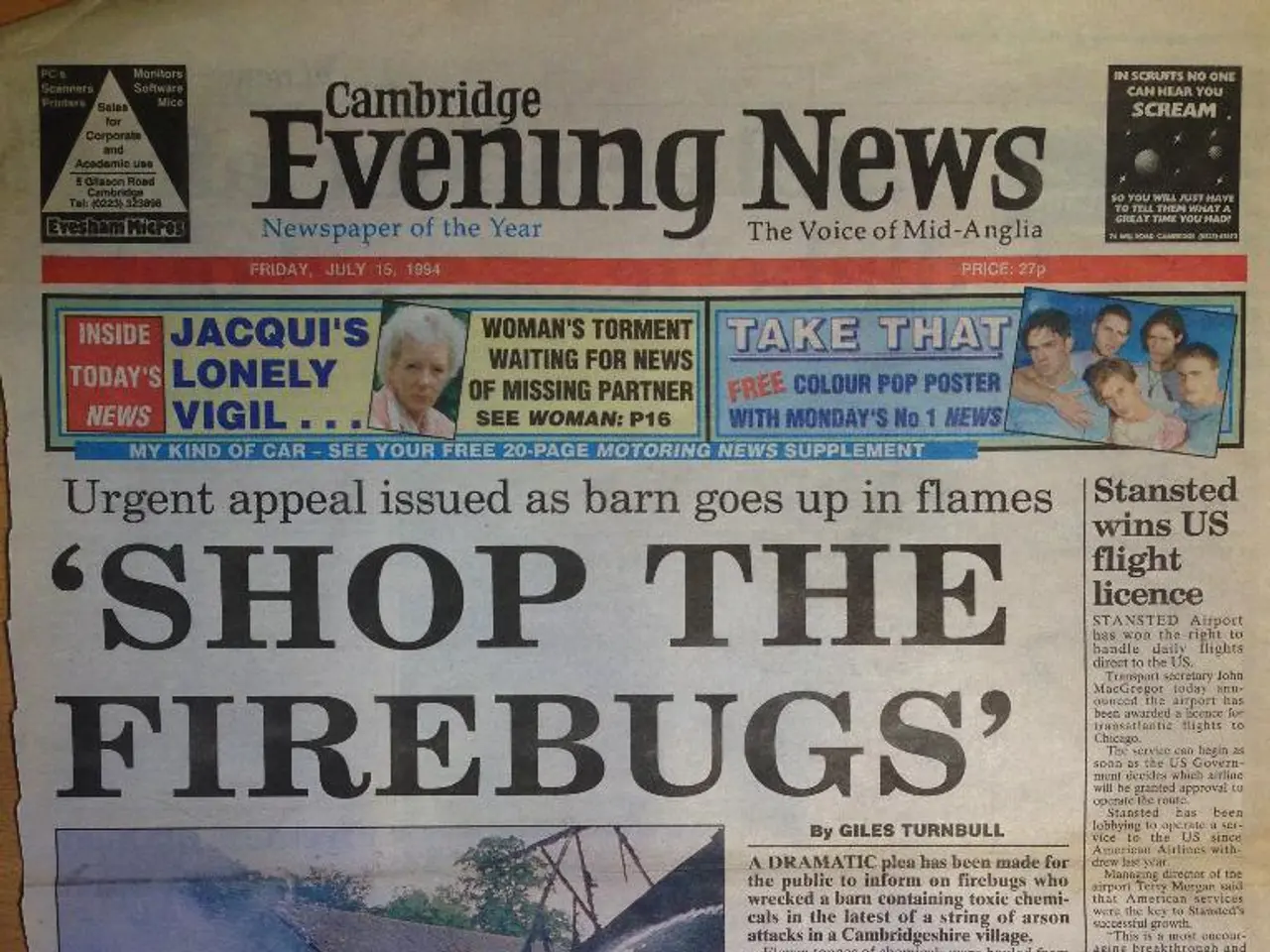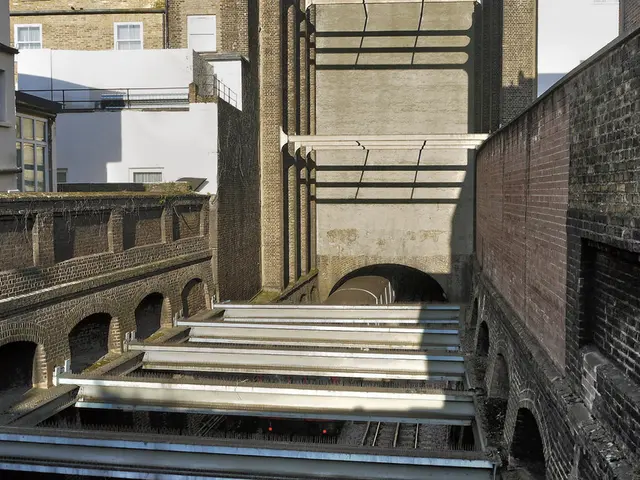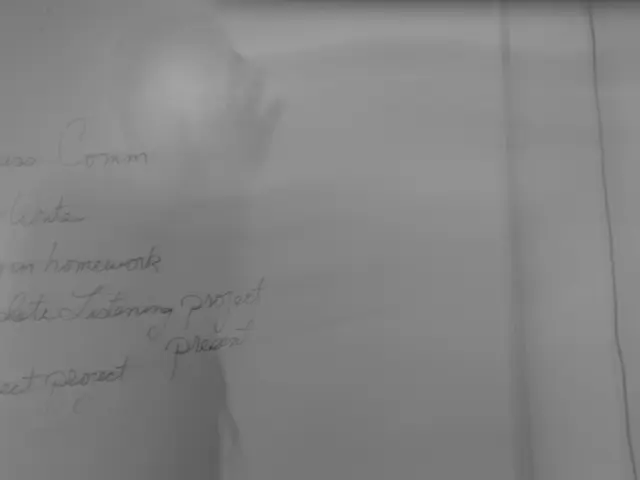Federal funding for New York Public Media faces a significant reduction of approximately $57 million as a result of cuts made by Congress.
In a challenging time for public media, New York state is actively seeking solutions to offset the loss of federal funding caused by recent cuts to the Corporation for Public Broadcasting (CPB). These cuts mean that New York's public media organizations, including Mountain Lake PBS, WSKG, and North Country Public Radio, face losing at least $57 million over two years.
The federal rescission package, approved by the Senate and pending in the House, cuts $1.1 billion from CPB over two years, threatening funding for NPR, PBS, and member stations nationwide, including New York [1][2]. This funding loss will have a significant impact on these organizations, with Mountain Lake PBS losing about $950,000 a year, or about 35% of its annual budget [4]. WSKG faces a shortfall of approximately $1.3 million a year, or 21% of its annual budget [6]. North Country Public Radio is facing a loss of around $340,000 a year, or about 12-15% of its annual budget.
New York lawmakers and public media leaders are emphasizing the critical role these organizations play in providing unbiased local news and emergency information. They argue that the federal cuts directly harm communities and undermine public safety [1][2]. WSKG President Natasha Thompson stated that the federal cuts have forced hard decisions in their newsroom, including not filling a climate change reporter role [7].
State officials are exploring increased state funding or public-private partnerships to compensate for the federal funding loss, though concrete state measures may still be in development given the recent timing of the cuts [3][5]. Public and media advocacy continues to urge federal lawmakers, especially in the House, to reject or reverse the elimination of public media funding to protect these vital community resources [1][2].
Rural communities in New York will be particularly affected by these cuts, as they rely more on federal funding for their public media stations. In fact, stations serving rural areas will lose roughly $22.7 million, a greater share of their annual budgets than the loss faced by New York City stations [8]. New York has 13 counties with only one newspaper, and one county with none at all, according to data from the UNC Hussman School of Journalism and Media [9].
From 2023 to 2024, New York Focus conducted a statewide listening tour to study the state's local news landscape and found that many outlets have skeleton staffs [10]. In response, collaborations like the New York Public News Network, a collaboration launched in 2024 to share resources and knowledge among stations facing cuts, have become increasingly important [8].
While the federal budget cuts pose a significant challenge, New York's lawmakers are engaged in efforts to mitigate the impact locally by identifying alternative funding sources and protecting public media infrastructure at the state level [3][5]. Many people were shocked to receive a personal message from Teich of NCPR and softened in their replies, conceding that "their argument wasn't with the local stations" [7].
The federal public media funding model is a public-private partnership, leaving rural stations especially vulnerable. However, state-level policy efforts like these represent possible, if imperfect, pathways to alternative forms of public funding for journalism, beyond the CPB's support of NPR and PBS [11].
- To tackle the loss of federal funding for New York's public media organizations, state officials are deliberating over increased state funding and public-private partnerships.
- The cuts to the Corporation for Public Broadcasting (CPB) will result in a loss of approximately $57 million for New York's public media organizations over two years.
- mountain lake PBS, WSKG, and North Country Public Radio are among the organizations that will be affected by these cuts, with Mountain Lake PBS facing a loss of about $950,000 a year.
- WSKG President Natasha Thompson has stated that the federal cuts have forced hard decisions in their newsroom, including not filling a climate change reporter role.
- State lawmakers and public media leaders are emphasizing the critical role these organizations play, especially in providing unbiased local news and emergency information, and arguing that federal cuts directly harm communities and undermine public safety.
- Collaborations like the New York Public News Network, launched in 2024, have become increasingly important as outlets have skeleton staffs and rural communities are particularly affected by these cuts.
- State-level policy efforts could represent possible, if imperfect, pathways to alternative forms of public funding for journalism, beyond the CPB's support of NPR and PBS.




